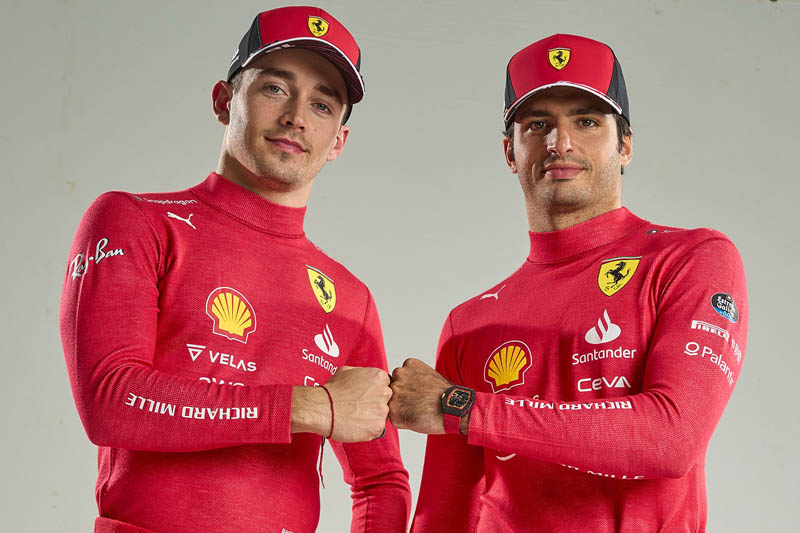[ad_1]
Just some days after the race on the Baku Metropolis Circuit, the Method 1 World Championship returns for the following spherical, the Canadian Grand Prix, which is again on the calendar for the primary time since 2019. As normal, the occasion takes place at a circuit made up of the perimeter roads on the artifical island of Notre-Dame, within the Saint Lawrence river estuary.
It’s a semi-permanent facility named in honour of the good Gilles Villeneuve and the observe is each engaging and unusual in some ways. It consists of lengthy straights interrupted by a sequence of chicanes and gradual corners. In consequence, the large problem is discovering a very good compromise which provides stability underneath braking and wonderful traction, with out ignoring what is a vital element at this observe, specifically the necessity to capable of trip the kerbs.
Paolo Pierro, Ferrari Observe Electronics Supervisor, previews the following spherical of the 2022 Canadian Grand Prix on the Circuit Gilles Villeneuve:
What’s your position throughout the Scuderia?
Paolo Pierro: “I’m in command of electronics on the observe. I see to the administration of all electronics over the race weekend and in the course of the preparation interval. In sensible phrases, I coordinate the actions of the personnel who take care of the electronics, which covers all {the electrical} parts on the automobile (sensors, actuators, cabled and wi-fi communications), operation and programming of the technique software program, work on low degree management within the automobile and managing the controls for the beginning. However electronics can also be the communication techniques to and from the automobile, between all of the engineers and mechanics, in addition to the telemetry techniques on the automobile and transmitting pictures to Method 1. Electronics additionally impacts on the work within the storage with the interface and provide to the automobile, in addition to the electronics for the pitstops”.
What are the precise points of your work linked to the Gilles Villeneuve circuit right here in Canada?
Paolo Pierro: “The observe is 4361 metres in size and the race lasts 70 laps. Its traits, particularly the hairpin at flip 10 and switch 13 on the wall of champions, are very arduous on the brakes. That is the observe the place, greater than some other, we maintain all eyes on the caliper and brake disc temperatures to make sure that the measures now we have in place are all the time constant and efficient. We even have to make sure that the brake-by-wire system that controls the rear brakes and adjusts brake steadiness with an electrical motor, all the time responds in a matter of milliseconds and doesn’t lose efficiency”.
Show your support for Scuderia Ferrari with official merchandise collection from Puma! Enter the online Puma Store and shop securely! And get your F1 tickets for every race with VIP hospitality and unparalleled insider access. Click here for the best offers to support Charles and Carlos from the track!
How a lot telemetric information is generated over a race weekend and the way a lot radio communication is concerned?
Paolo Pierro: “A Method 1 automobile’s telemetry system requires a bandwidth of round 1MB/sec to ship in actual time, for round 10,000 channels. Every channel operates on a special frequency. When the automobile pits and we obtain the information, now we have as much as 40,000 channels accessible. These are then used to generate channels processed on the bottom (in observe, high-level data is extracted from the knowledge on the sensors that enable us to watch the reliability and efficiency of the automobile). The variety of these channels is even increased throughout Friday observe the place now we have some further acquisitions. This implies managing 50GB of information for every grand prix. The communication system is much more fascinating: there are about 60 inner communication channels, of which 40 are transmitted to the Maranello distant storage. In a race weekend there are about 5000 inner communications, a thousand of them within the race alone. Communications to or in between mechanics account for one more 1000, whereas engineers transmit round 150 communications per weekend with every driver”.

[ad_2]
Source link



